Reed College’s Instructional Technology Services (ITS) supports using technology in teaching and learning at Reed. This site has help pages for specific multimedia software and technologies.

Video production
Learn about using a few common tools for video production, as well as some tips and tricks.

Audio production
Learn some tips on using Audacity, Garageband, and more.

Multimedia projects
Learn about the pre-production, production, and post production steps, along with useful tips on developing your projecct.
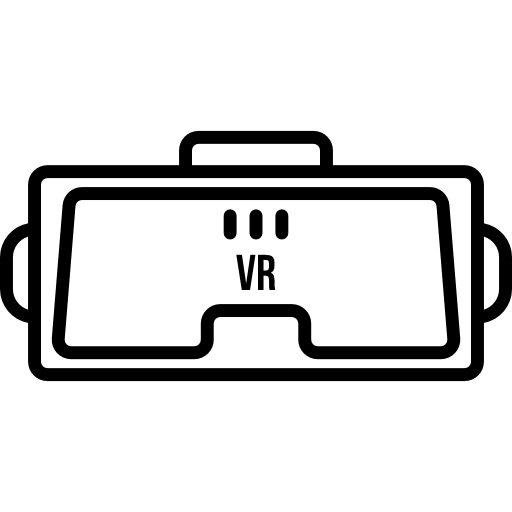
Extended reality
Extended reality incorporates both virtual and augmented reality.
Blog posts
- Dual Filament Printing
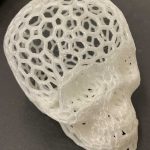 Both 3D printers in the fabrication lab come equipped with dual filament printing heads that allow for a variety of effects including printing in multiple colors, multiple … Continue reading “Dual Filament Printing”
Both 3D printers in the fabrication lab come equipped with dual filament printing heads that allow for a variety of effects including printing in multiple colors, multiple … Continue reading “Dual Filament Printing” - H5p Example: Image Hotspots
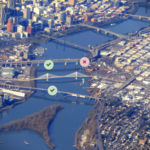 H5p.org is an open source platform that has a suite of learning resources that can be created within our blog system. The organization has an abundance of … Continue reading “H5p Example: Image Hotspots”
H5p.org is an open source platform that has a suite of learning resources that can be created within our blog system. The organization has an abundance of … Continue reading “H5p Example: Image Hotspots” - Customizing a 3d Model
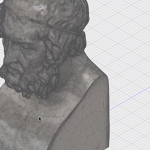 A classics professor was retiring from Reed College, and as a parting gift, a bust of Homer (one of his favorite Greek poets) was to be made … Continue reading “Customizing a 3d Model”
A classics professor was retiring from Reed College, and as a parting gift, a bust of Homer (one of his favorite Greek poets) was to be made … Continue reading “Customizing a 3d Model” - Mother 32 and DFAM (drummer from another mother) at PARC
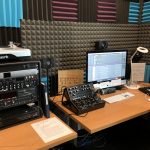 The Performing Arts Resource Center (PARC) in the Performing Arts Building (PAB) has added two Moog analog synthesizers to our continually evolving A/V editing room 327!
The Performing Arts Resource Center (PARC) in the Performing Arts Building (PAB) has added two Moog analog synthesizers to our continually evolving A/V editing room 327! - Retreat! Strategy, sandwiches, stroopwafflesOn a calm and ordinary-seeming summer morning, we gathered around mugs of sweet-waffle-topped coffee and breakfast sandwiches and brainstormed future directions, exciting projects, and then some. Stay … Continue reading “Retreat! Strategy, sandwiches, stroopwaffles”
